The Shereshevsky Method to Improve in Chess
Mikhail Shereshevsky
The Shereshevsky Method to Improve in Chess
From Club Player to Master
New In Chess 2018
2018 New In Chess
Published by New In Chess, Alkmaar, The Netherlands
www.newinchess.com
All rights reserved. No part of this book may be reproduced, stored in a retrieval system or transmitted in any form or by any means, electronic, mechanical, photocopying, recording or otherwise, without the prior written permission from the publisher.
Photos by courtesy of the author.
Cover design: Volken Beck
Supervision: Peter Boel
Translation: Steve Giddins
Production: Anton Schermer
Have you found any errors in this book?
Please send your remarks to and implement them in a possible next edition.
ISBN: 978-90-5691-764-7
Contents
Explanation of symbols
The chessboard with its coordinates:
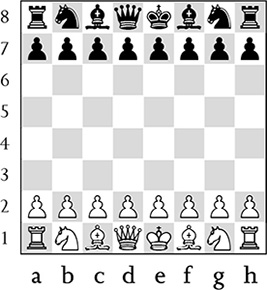
 White to move
White to move
 Black to move
Black to move
King
Queen
Rook
Bishop
Knight
 White stands slightly better
White stands slightly better
 Black stands slightly better
Black stands slightly better
 White stands better
White stands better
 Black stands better
Black stands better
+ White has a decisive advantage
+ Black has a decisive advantage
= balanced position
! good move
!! excellent move
? bad move
?? blunder
!? interesting move
?! dubious move
Foreword by Andrey Filatov
I met Mikhail Shereshevsky 30 years ago, when I went to the chess section at the institute of physical culture in the Belarusian capital, Minsk. Mikhail Israelevich, himself a strong practical player (several times a prize-winner in the championships of Belarussia and the USSR Armed Forces, and a member of the republics team) was a very authoritative trainer. His best pupils, Alexey Alexandrov, Elena Zayats and Ilakha Kadimova, won gold and other medals in the European and world junior championships, and in all, Shereshevsky prepared seven GMs, and that in the days when the title was really hard to gain!
His wonderful books, Mastering the Endgame and Endgame Strategy, from the 21st century viewpoint, are considered classics, and it is no accident that World Champion Magnus Carlsen rates these books very highly, almost 30 years after their initial publication. It is a shame that another of his books, The Soviet Chess Conveyor, which became a bestseller in the West in the 1990s, has never been published in a Russian edition. But now this omission will in some form be rectified: in his new work, Mikhail Israelevich has included selected fragments from both The Soviet Chess Conveyor and Endgame Strategy incidentally, after thorough revision and checking with powerful modern chess engines.
In the 1990s, Mikhail Shereshevsky practically abandoned chess and went into business. But chess never leaves one, as I know myself, and some years later the well-known trainer again started helping talented young players. Thus, in 2012, I organised the World Championship match between Boris Gelfand (my friend since we were youths) and Vishy Anand in Moscow, and then the Alekhine Memorial, whilst in 2014 I was chosen as President of the Russian Chess Federation (RCF) and, slightly later, as a Vice-President of FIDE.
The key word on which I stood in the RCF elections was popularisation. My key task was to restore the popularity of chess, and the interest in it, which for a long time had lapsed. So as to achieve this intention, I worked out a range of programmes and projects. One of the most important outcomes of our work was the establishment of a chess section at the childrens educational centre Sirius in Sochi. The opening ceremony, in the presence of Russian President Vladimir Putin, underlined that our country always helps chess and is a chess country
The chess section is run by 14th World Champion Vladimir Kramnik: despite the fact that he is still active in tournaments and is one of the strongest players in the world, Vladimir gives his time and energy to helping future champions. I suggested that Shereshevsky join the trainers committee, and he has done his work splendidly. He has found his place among a team of like-minded individuals, established good administrative relations with the Sirius team and, most of all, has ensured high-quality training for the most talented young players in the country. In any event, we have been delighted with the results achieved by Sirius pupils in recent years in the world and European junior championships!
In his latest work, Mikhail Shereshevsky outlines his many years of training experience and reveals the secrets of his methods. I am convinced that this work will be of great benefit to trainers and young players, aiming at the highest possible results.
Andrey Filatov,
President of the Russian Chess Federation
Introduction
This book presents the view on chess training of a specialist who gave up his work in 1992 and remains interested in it still today.
The idea of this book came from a conversation with, and belongs to, Mark Glukhovsky. We had friendly relations when he was chief editor of 64 and head of Chess TV, and I gave chess lessons on TV at his request. This was my first return to active chess. A word about myself.
I began training work in 1975, in Minsk, when I was a master player. I conducted lessons with groups of different standards. There were groups of novices, of third-category players, and candidate masters. Every piece of work had its specifics, but soon I became trainer of the Belarusian junior team and ceased working with beginners and third-category players. I became interested in methods of working with first-category players and candidate masters and soon realised that there was no such methodology. GMs and masters in those days worked in whatever way they could. Mostly, it was from books and in groups, using trial and error. I was an exception.
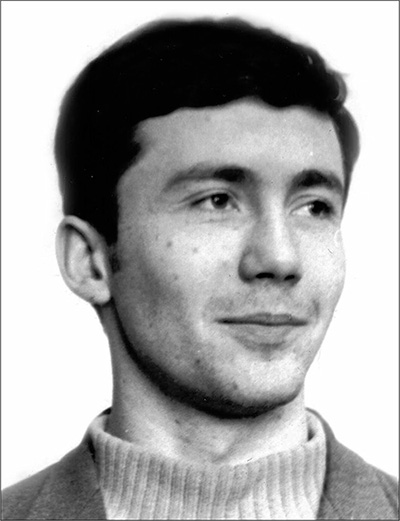
Mikhail Shereshevsky
My first trainer, Abo Israelevich Shagalovich, at the Minsk Pioneer Palace developed a whole generation of players, who made up the Belarusian team: Kupreichik, Kapengut, Dydyshko, Mochalov, Litvinov, Archakov. He was a talented, educated man, a master, a strong practical player, but by todays standards an amateur. He loved chess and could convey this love to his pupils, but he lacked any sort of professional methodology.
As a student, and short of money in those days, I used to make a bit of cash on the side by working at the Pioneer Palace and used to go along to Shagalovichs lessons, so as to learn about teaching beginners and third-category players. Several of his monologues and talks I can still remember almost by heart. On the demo board, he put up a game from a match against the youth team of Molodechko, in which the Minsk pioneer Fima Revzin had missed mate in two and failed to win the game. Shagalovichs monologue went as follows:
In this position, Fima missed mate in two! How could this happen? Because he has started playing handball!! (
Next page
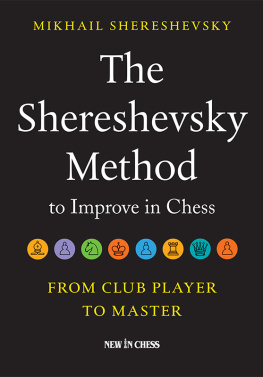

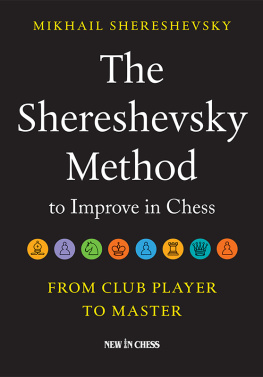
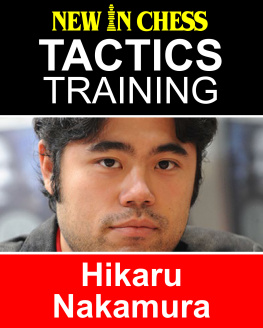

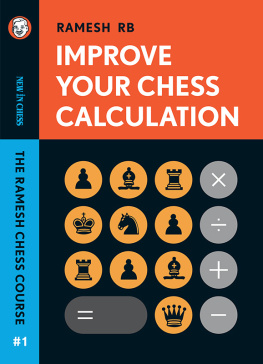

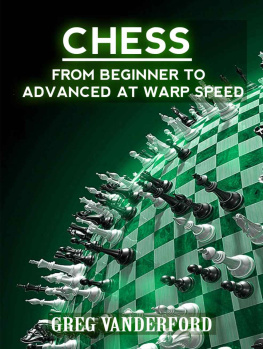
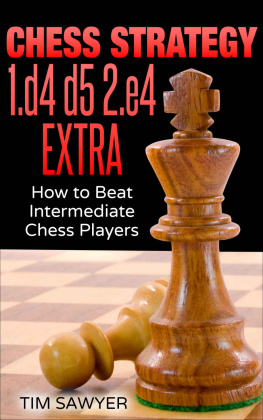

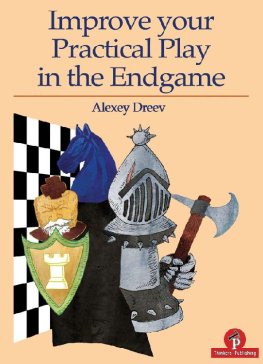
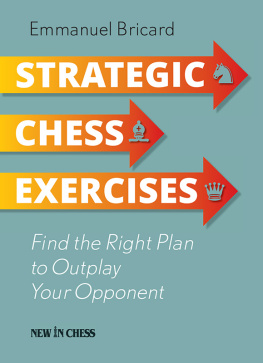

 White to move
White to move Black to move
Black to move White stands slightly better
White stands slightly better Black stands slightly better
Black stands slightly better White stands better
White stands better Black stands better
Black stands better